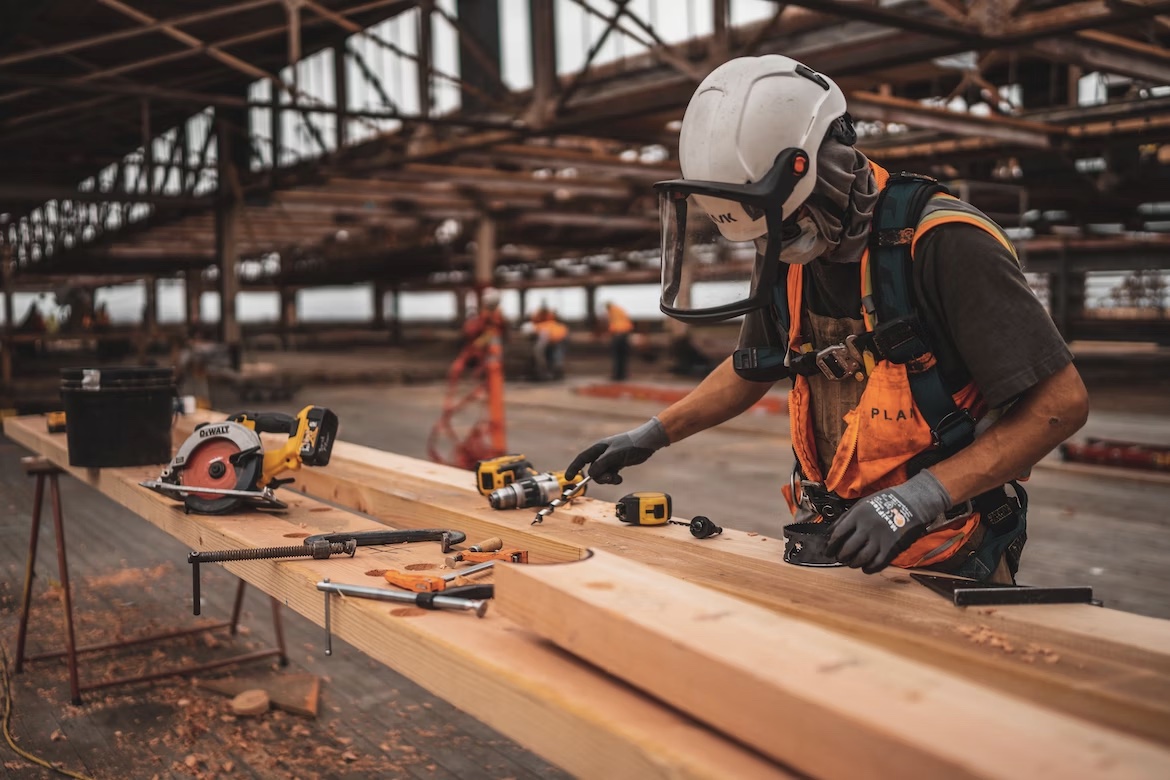
Construction projects are inherently complex, and one of the most significant challenges they face is the risk posed by buried utilities. Accidental damage to underground infrastructure, such as gas lines, water pipes, and electrical cables, can lead to severe consequences, including project delays, increased costs, and safety hazards. There are risks associated with buried utilities during construction planning, with serious potential consequences. Therefore, it is important for thorough utility surveys to be completed for effective utility risk mitigation.
The Risks of Buried Utilities
Accidental Damage to Infrastructure
One of the primary risks in construction planning is the accidental damage to buried utilities. Gas lines, water pipes, and electrical cables are often located underground, and without proper mapping, construction activities can inadvertently strike these utilities. This can lead to dangerous situations like gas leaks, electrical outages, and flooding.
Striking an underground gas pipe can cause a significant explosion, posing a severe risk to workers and the public. Similarly, damaging water pipes can lead to flooding, which can halt construction activities and cause extensive property damage.
Project Delays and Increased Costs
Inadequate underground utilities mapping and identification can lead to substantial project delays and increased costs. Work must be stopped immediately when a buried utility is struck to assess the damage and implement repairs. This unplanned downtime can disrupt project timelines and lead to financial losses.
A study presented at the ANZ 2015 Conference highlighted a case where a construction project was delayed several weeks due to the accidental damage of a major water pipeline. The repair costs were significant, and the project incurred additional expenses due to the extended timeline.
Safety Hazards
The safety of construction workers and the public is a paramount concern. Accidental damage to buried utilities can create hazardous conditions. For instance, striking an electrical cable can result in electrocution, while damaging a gas line can cause explosions or fires. These incidents put lives at risk and result in legal liabilities for the construction companies involved.
An example of a severe incident occurred when a construction team inadvertently struck an underground electrical cable, causing a worker to be severely injured. This incident underscored the critical need for thorough utility risk mitigation practices to ensure safety on construction sites.
The Importance of Thorough Utility Surveys
Preventing Dangerous Surprises
Thorough utility surveys are essential in preventing the unexpected discovery of buried utilities during construction. Infrastructure surveys provide precise information about the location of underground utilities, allowing construction teams to plan their activities around these critical infrastructures. This preemptive approach helps avoid dangerous surprises and reduces the risk of accidental damage.
Utilising Advanced Technologies
Advanced technologies play a crucial role in effective utility risk mitigation. Ground Penetrating Radar (GPR) and electromagnetic locators are among the tools used to detect and map underground utilities accurately. These technologies provide detailed images and data about subsurface conditions, enabling construction teams to identify potential hazards before they begin excavation or drilling.
Comprehensive Planning and Coordination
Effective utility risk mitigation involves comprehensive planning and coordination among all stakeholders. This includes engaging with utility companies, conducting detailed site surveys, and developing a clear plan for managing any identified risks. By integrating utility information into the overall project plan, construction managers can proactively address all potential issues.
The Colliers Project Leaders emphasise the importance of early engagement with utility companies and detailed planning to manage utility risks effectively. This approach not only helps prevent accidents but also ensures that projects stay on schedule and within budget.
Case Studies Highlighting the Consequences of Inadequate Utility Mapping
Incident 1: Gas Line Explosion
In a notable case, a construction project in a major city experienced a severe setback when workers accidentally struck an unmarked gas line. The resulting explosion caused significant damage to nearby properties and led to multiple injuries. An investigation revealed that the construction team had not conducted a thorough utility survey before beginning excavation, highlighting the critical importance of accurate utility mapping.
Incident 2: Water Pipeline Damage
Another example involved a construction project in which inadequate utility mapping led to the accidental damage of a major water pipeline. Subsequent flooding caused extensive property damage and halted construction for several weeks. The financial impact was substantial, with repair costs and project delays significantly increasing the overall project budget.
The risks associated with buried utilities in construction planning cannot be overstated. Accidental damage to underground infrastructure can lead to severe consequences, including project delays, increased costs, and safety hazards. Effective utility risk mitigation requires thorough utility surveys, advanced technologies, and comprehensive planning and coordination. By prioritising accurate utility mapping and proactive risk management, construction projects can avoid costly and dangerous incidents, ensuring the safety of workers and the public.
Mitigating the risks of buried utilities in construction planning requires meticulous organization and planning. One effective strategy is to use self storage units Henderson to securely store equipment, tools, and materials that are not immediately needed on-site. This approach helps keep the construction area clear and safe, reducing the risk of accidents and ensuring that your project runs smoothly. By utilizing self storage units, you can focus on carefully navigating and addressing any utility risks without the added clutter and disorganization.
Interesting Related Article: “How to Prevent Delay in Any Construction Project“

